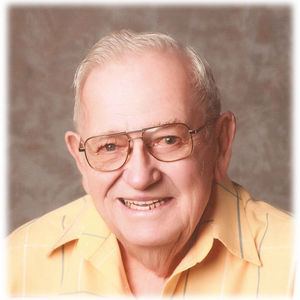Name James Gillogly | ||
 | ||
Education | ||
James J. Gillogly (born 5 March 1946) is an American computer scientist and cryptographer.
Contents

Biography
Gillogly wrote a chess-playing program in the Fortran programming language in 1970, and in 1977 he ported the code for "Colossal Cave" from Fortran to C.
He graduated from Carnegie Mellon University in 1978, receiving a Ph.D. in computer science. His dissertation was on "Performance Analysis of the Technology Chess Program".[1]
Gillogly worked as a computer scientist at RAND, specializing in system design and development, and computer security. He has written several articles about technology and cryptography, is currently the editor of the "Cipher Exchange" column for The Cryptogram, and was president of the American Cryptogram Association.
He is best known for his work solving or debunking some of the world's most famous unsolved codes. In 1980 he wrote a paper on unusual strings in the Beale Ciphers, and he received international media attention for being the first person to publicly solve parts 1-3 on the CIA's Kryptos sculpture in 1999. He also coordinates a large mailing list about the ciphers in the Voynich Manuscript. On the PBS website, they report that he has been called "arguably the best non-government cryptanalyst in the U.S." in the field of classical (historical) cryptosystems.[2]
Gillogly was one of the earliest authors of personal computer software, writing utility programs, games and a computerized cookbook published by the Software Toolworks beginning in 1980.
